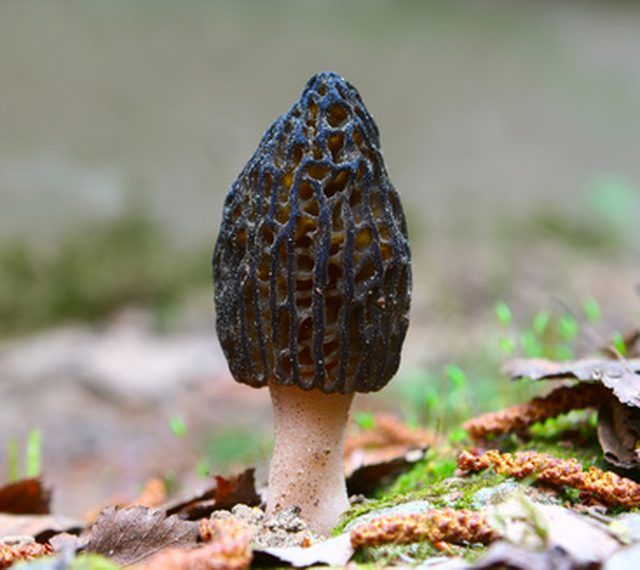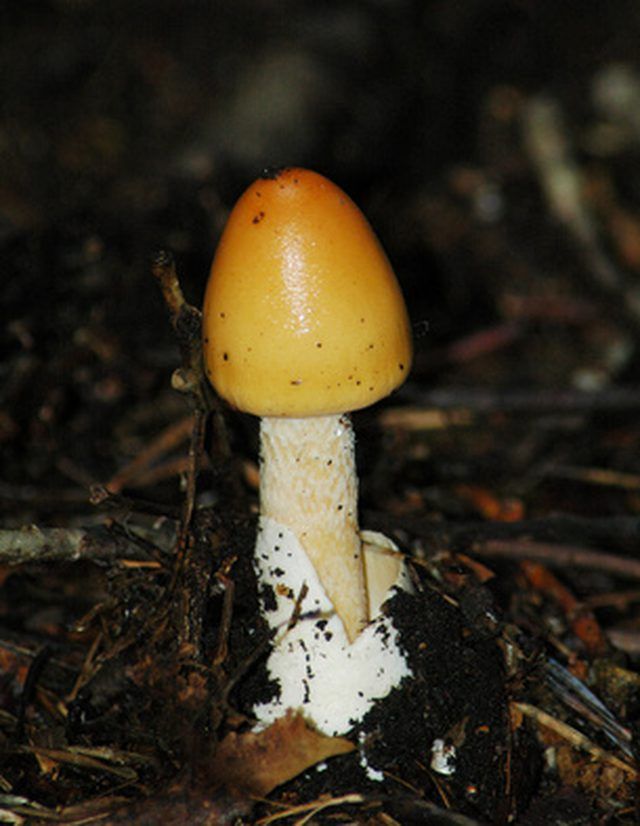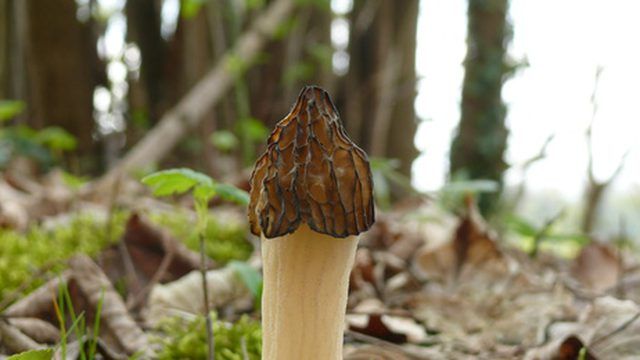Bulbs
Flower Basics
Flower Beds & Specialty Gardens
Flower Garden
Garden Furniture
Garden Gnomes
Garden Seeds
Garden Sheds
Garden Statues
Garden Tools & Supplies
Gardening Basics
Green & Organic
Groundcovers & Vines
Growing Annuals
Growing Basil
Growing Beans
Growing Berries
Growing Blueberries
Growing Cactus
Growing Corn
Growing Cotton
Growing Edibles
Growing Flowers
Growing Garlic
Growing Grapes
Growing Grass
Growing Herbs
Growing Jasmine
Growing Mint
Growing Mushrooms
Orchids
Growing Peanuts
Growing Perennials
Growing Plants
Growing Rosemary
Growing Roses
Growing Strawberries
Growing Sunflowers
Growing Thyme
Growing Tomatoes
Growing Tulips
Growing Vegetables
Herb Basics
Herb Garden
Indoor Growing
Landscaping Basics
Landscaping Patios
Landscaping Plants
Landscaping Shrubs
Landscaping Trees
Landscaping Walks & Pathways
Lawn Basics
Lawn Maintenance
Lawn Mowers
Lawn Ornaments
Lawn Planting
Lawn Tools
Outdoor Growing
Overall Landscape Planning
Pests, Weeds & Problems
Plant Basics
Rock Garden
Rose Garden
Shrubs
Soil
Specialty Gardens
Trees
Vegetable Garden
Yard Maintenance
How to Identify Wild Mushrooms in Pennsylvania
How to Identify Wild Mushrooms in Pennsylvania. Foraging for wild mushrooms has been a pastime for decades, but is gaining in popularity as Americans develop their palates. Not only do wild mushrooms lend a unique, delicate flavor and meaty texture to a dish, they represent a challenge for food lovers. Veteran gatherers of wild mushrooms meet to...

Foraging for wild mushrooms has been a pastime for decades, but is gaining in popularity as Americans develop their palates. Not only do wild mushrooms lend a unique, delicate flavor and meaty texture to a dish, they represent a challenge for food lovers. Veteran gatherers of wild mushrooms meet to share tips and successes, band together for hunting expeditions and even hold wild mushroom festivals. But they often keep their favorite collecting spots to themselves. While it's an engaging hobby, Pennsylvania is home to both delicious and deadly wild mushrooms. Novices should proceed carefully and know for certain what they're eating.
Things You'll Need
Field guide
Knowledgeable guide (mycologist or local club)
What Not To Eat
Learn to identify the toxic mushrooms first. This may seem counterintuitive, but learning what not to pick right off the bat will prevent you from making the worst mistakes. Most, but not all, of the toxic mushrooms in Pennsylvania belong to the Amanita genus. Amanitas vary widely in appearance, but all have white spores and grow on the ground rather than on wood. Many have wartlike bits of tissue on the cap, a cuplike structure around the base of the stalk and/or membranous tissue that covers the gills.

Learn to identify edible species one at a time. For a beginner, a good field guide is essential. Study the size, color, odor, habitat and growth season. Do not eat a mushroom you have found unless all of the characteristics match the field guide. Some species are much easier to identify than others; err on the side of caution.
Learn from a mycologist or join a local mushroom club if you are just starting out. It's helpful to have someone who is knowledgeable on the subject to confirm your identifications until you gain confidence.
Common Wild Mushrooms
Identify the morel by the surface of its cap, covered with honeycomb-like ridges. The morel is one of the most celebrated wild mushrooms, and one of the easiest to identify. It resembles a cone-shaped sponge on a stalk and is commonly found in wooded areas in the spring. The bottom edge of the cap is attached directly to the stalk.

Find the "giant puffball" mushroom all over open areas in late summer and early fall, particularly in fields and backyards. It resembles nothing more than a somewhat deflated volleyball, and tends to be about that size, although it can be as small as an inch in diameter. The interior of a puffball starts out solid white, turning yellow, then brown as the mushroom ages. Only fresh puffballs should be consumed. Slice it open to check the interior color before cooking.
Add a colorful and mistake-proof mushroom to your repertoire by reading up on the "chicken of the woods" (Laetiporus sulphureus), another tasty treat in store for Pennsylvania foragers. Yellow and orange, it forms a cluster of shelves growing on dead wood, and can be found in late summer and fall. This is a good species for beginners because it is distinctive with no poisonous look-alikes.
Continue to expand your knowledge one species at a time. Other edible mushrooms in Pennsylvania include the king bolete (Boletus edulis), shaggy mane (Coprinus comatus) and horn of plenty (Craterellus cornucopiodes). Once you have learned to identify several species, wild mushrooms can be found almost anywhere.
Tips & Warnings
Wild mushrooms should be eaten as soon after harvest as possible. A large haul that can't be eaten immediately can be dried or frozen.
Get permission to gather mushrooms on private land. Before gathering on public land, determine whether you need a permit.
When tasting a new species for the first time, eat a small amount. Reactions to wild mushrooms vary by individual, and you don't want to make yourself ill.